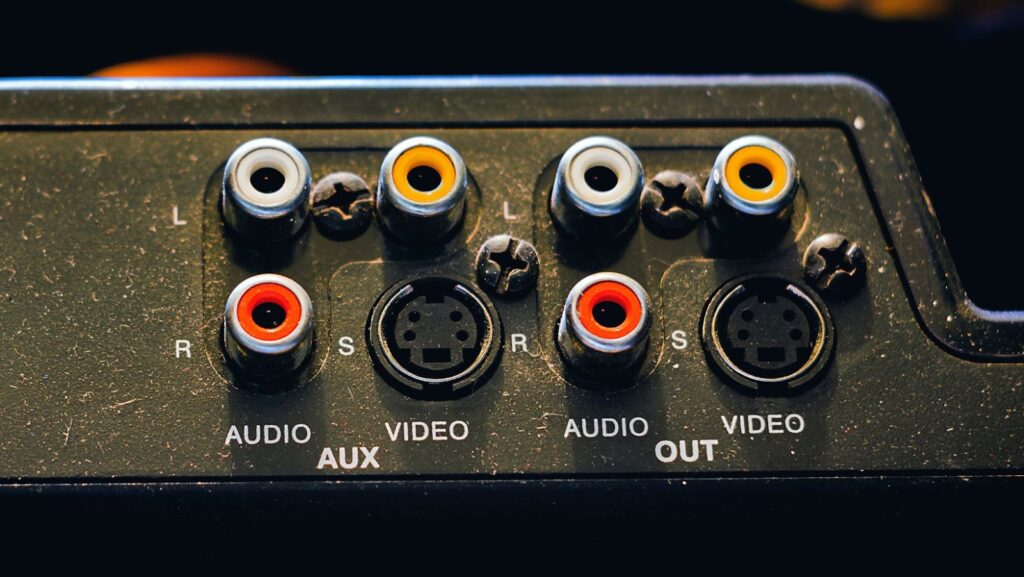
Welcome to this guide, in this guide I will be trying my best to cover all aspects of audio output. In this guide I will be covering many different methods of sound and how it is played back, including internal speakers and headphones.
Initially we need to make a distinction between what we call PCM (pulse code modulation) and DAC (digital to analogue converter).
what is PCM
PCM is an abbreviation for Pulse Code Modulation. It’s a method of encoding analog signals into digital data. The conversion process involves sampling the amplitude of the analogue signal at uniform intervals, and then quantizing each sample with a binary code. Each resulting binary number is one bit of the final PCM stream. The more bits you use, the higher the resolution of the digital result will be (8 bit = 256 levels; 10 bit = 1024 levels; 16bit= 65536 levels).
PCM is used in a number of different applications: CD Audio, DAT and MiniDisc recorders use it for example. In audio this type of encoding is often referred to as “Pulse Code Modulation” or “Linear Pulse Code Modulation”.
PCM works by taking an analog signal, converting it into a digital signal, and then sending it to the DAC where it is converted back to an analog signal.
A PCM stream consists of uncompressed audio samples in sequential order. The more audio samples are taken, the more precise the reproduction of the original analog signal can be. Unfortunately this type of encoding is very computationally expensive.
what is DAC
DAC is an abbreviation for Digital to Analogue Converter. Basically a DAC chip has been designed to receive those digital bit patterns from PCM data and turn them back to an analogue signal. So now you have a digital bit pattern from PCM data and this gets sent to the DAC where it turns it back into an analog signal.
OK, that’s what a DAC does but how does it work? A DAC contains a voltage controlled oscillator (VCO) which essentially produces waveforms with specific frequencies, and a low pass filter (LPF) which removes frequencies above the Nyquist limit and scales down the amplitude of frequencies below the cutoff frequency to match the voltage range of the digital bitstream.
So now we have two types of sound, one is digital and one analog. The main difference between these two is that analog sound can be reproduced by your speakers, whereas digital sound can only be played back via your speakers. If you try to play the PCM data straight off your hard drive it won’t do anything because if you remember from above, the DAC is needed to convert the data into an analog signal.
what are the audio ports used for?
The jacks on the back of your computer are used for a variety of different purposes. If you have speakers, then these will need to be connected to the speakers with a stereo jack cable (normally green). If your sound card supports it, you can also output to a digital surround sound system by using either SPDIF or HDMI cables. USB audio can also be used for outputting audio to a sound system.
Some of the most common types of physical audio ports on a computer
5mm or 3.5mm jack – These are normally single-channel connectors for headphones and low quality speakers, often referred to as “audio out”. This type of port is commonly used on laptops and is sometimes found on desktops.
3.5mm jacks can also be used for “line in”. This is the same port but with a higher quality amplifier. This type of connection is often used when connecting external sources such as tape decks or record players to your computer so that you can listen to your favourite music.
conclusion
In this article we have explored a number of topics including digital and analog sound, PCM data and DACs. We looked in some detail at common audio ports that are found on computers. In the next part of my guide I will be looking in more detail at different types of sound cards that you can add to your computer to improve your listening experience.












